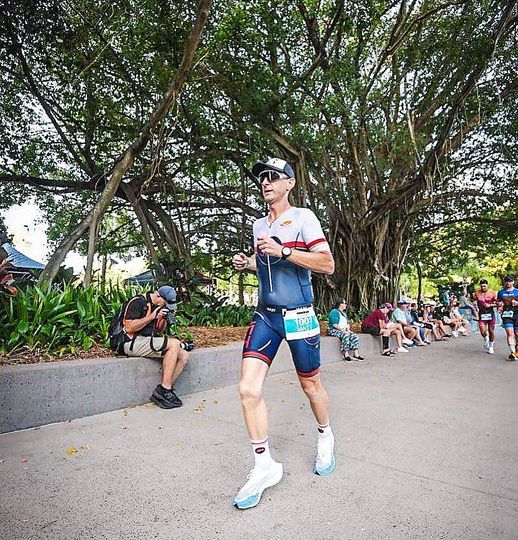SESSION OF THE WEEK: MAF / LOW HR RUNNING APPROACH (from our JET news)
This has been a hot topic of late so it seemed fitting that we feature some MAF Running for this week’s session of the week!
MAF itself is ‘maximal aerobic function’ – which is a term coined by Dr Phil Maffetone – you can read more here: https://philmaffetone.com/method/#:~:text=MAF%20stands%20for%20Maximum%20Aerobic,Increased%20energy%20and%20endurance
Put simply we like to use 180 – age – take another 5bpm as the baseline and then adjust down or up for each individual. Within reason you can’t go too low for this! Note: if you are good at staying low then nudge it up 5bpm and see how that goes, if you are challenged by keeping HR low… keep at it. Here’s why…
It is relevant for health, fitness and performance so you can see why we at JET COACHING subscribe to this approach… with some added nuances of course. It is a great way to provide accountability around intensity control when running and to therefore ensure we are getting the intended benefits of ‘low intensity’ running.
We find there are generally two camps here:
– those who really struggle to control heart rate… and even have to insert walk breaks in order to adhere to the session prescription (this is strongly advised and encouraged!)
– those who have to ‘pay attention’ and push up from their easy/Z1 running intensity in order to enter into the MAF or Zone Two range
Either way there is great value in running at controlled heart rates in zone 1 / zone 2 or ‘MAF’ and the underlying goal is to improve aerobic efficiency. Low physiological cost for improved economy and oftentimes, improved speed. After all being able to improve pace whilst not increasing effort almost sounds too good to be true!
The benefits of low intensity or MAF running are many but they include:
– lower injury risk
– improvement in overall consistency
– shorter recovery time
– increased frequency
– greater economy
To top it off, this approach can continue to be beneficial as both biological and training age increase. The first goal may simply be to learn the ‘skill’ of being able to run at a controlled heart rate. Then it will be to reduce the need to walk/slow down to do so… Then it will be about being able to hold this for longer reps and eventually longer runs. Then, as either a next step or in conjunction to this we might start to see heart rate drop at the same pace and / or pace increase at same heart rate… Then comes the distinction between truly ‘easy’ or zone one and smooth endurance / zone two running.
With this approach, and this as a foundation to run training many are surprised to see that paces at higher effort also improves thanks having such a sound baseline. It takes patience and discipline but it works and it is always worth it.
Here are a few sessions we like to use to improve this area. We will leave them featured for a few weeks as they are always relevant and worth trying.
MAF MILES (often used for baseline testing)
MAIN:
3 x 1600m in MAF range / 1min walk between
(Note pace, HR average for each)
MAF PRACTICE
MAIN:
5-8 x 5min at MAF range / 1min walk between
MAF + Strides
Either a straight MAF run or intervals followed by 3-4 x 15-20sec fast ‘strides’
8km / 30mins MAF (another good baseline session)
MAIN:
1 x 30min or 8km interval not exceeding MAF range
(Note pace, HR average)
